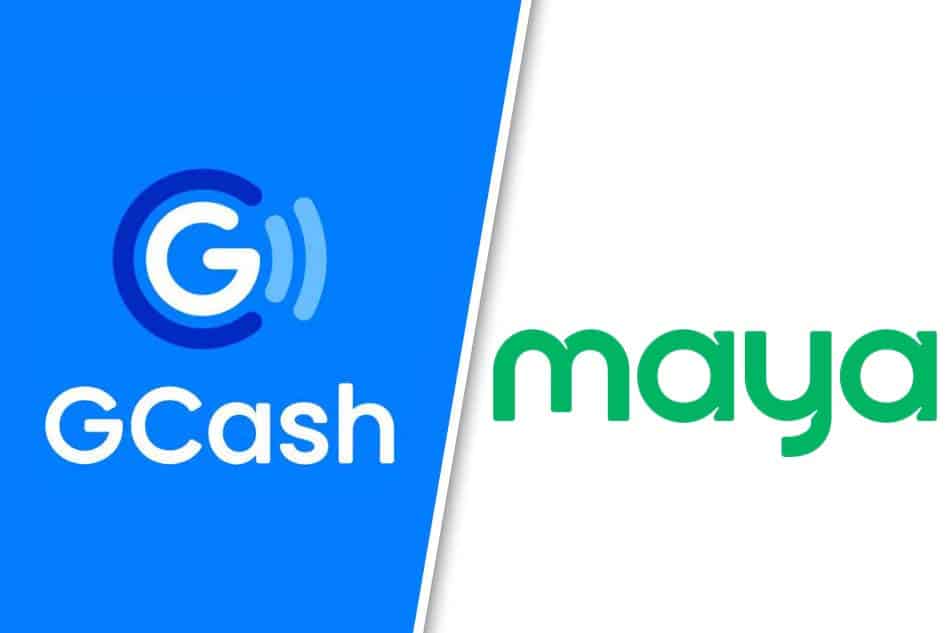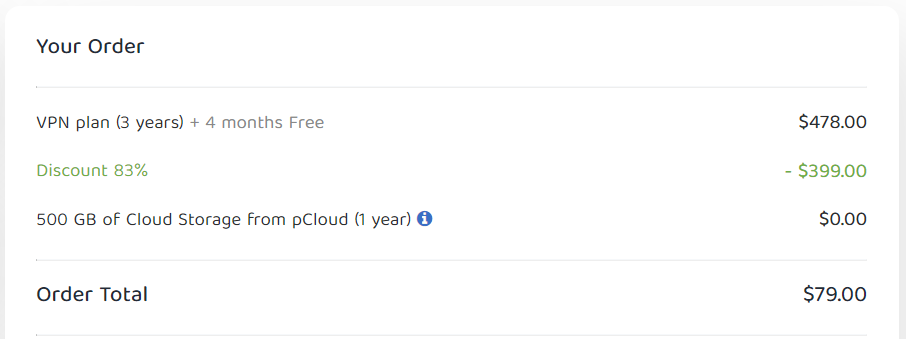I recently discovered that there are a few solid, self-hosted alternatives to n8n. Here’s a quick comparison of their GitHub stars and key features (as of Nov. 26, 2025):
| Platform | GitHub Stars | Self-hosted | Focus / Best Use Case |
|---|---|---|---|
| n8n | 159k | ✅ Yes | General-purpose workflow automation with powerful code node. Ideal for complex multi-service automations and ETL tasks. |
| Activepieces | 19.3k | ✅ Yes | Low-code/no-code automation with occasional custom JS support. Good for lighter, simpler workflows. |
| Windmill | 15.2k | ✅ Yes | Developer-centric automation using scripts (Python/TypeScript/Go). Great for internal tools and backend workflows. |
| Automatisch | 13.4k | ✅ Yes | Simplified Zapier-style automation. Best for small, straightforward tasks when ease and self-hosting matter. |
Summary: n8n remains the most powerful and versatile, while Activepieces and Windmill offer lighter or more code-centric alternatives. Automatisch is best if you just need simple self-hosted automations.





